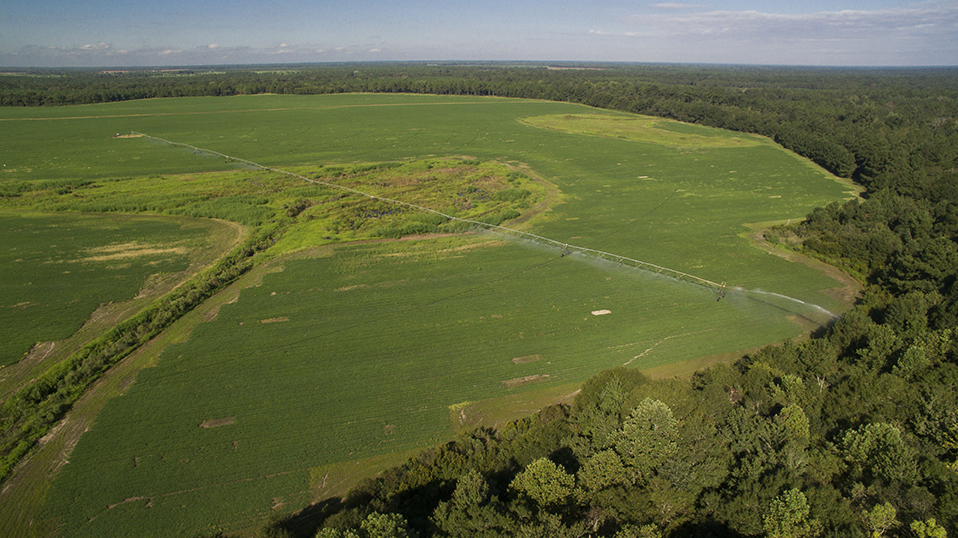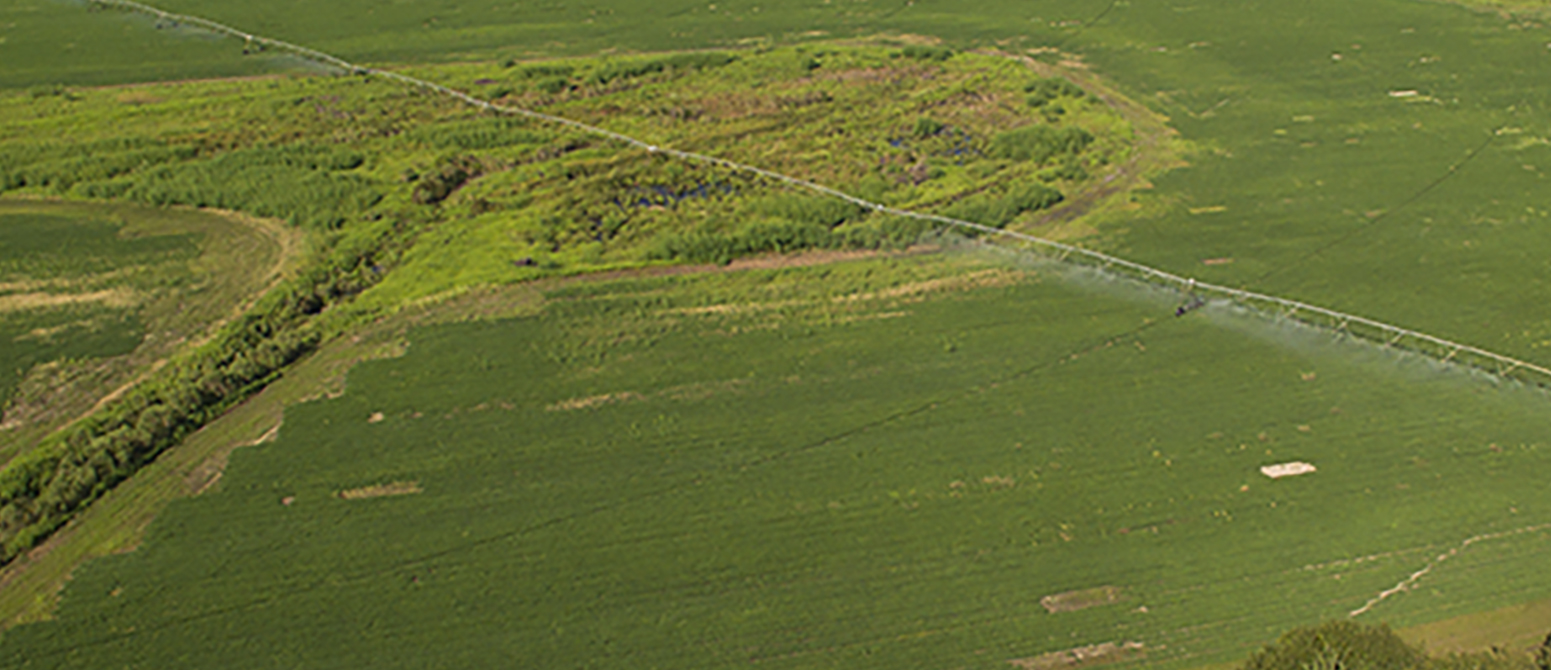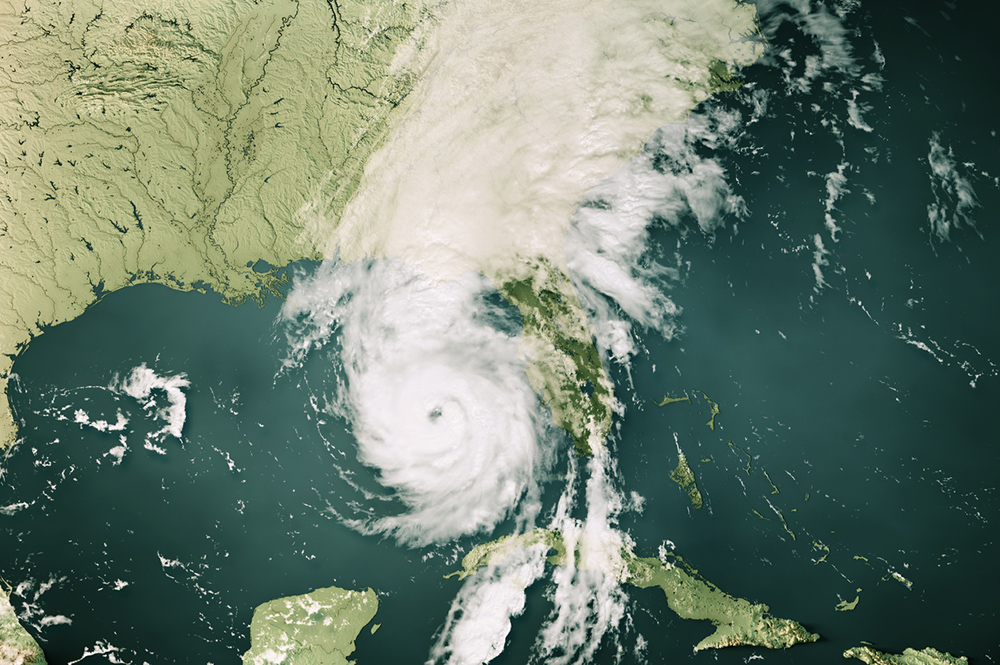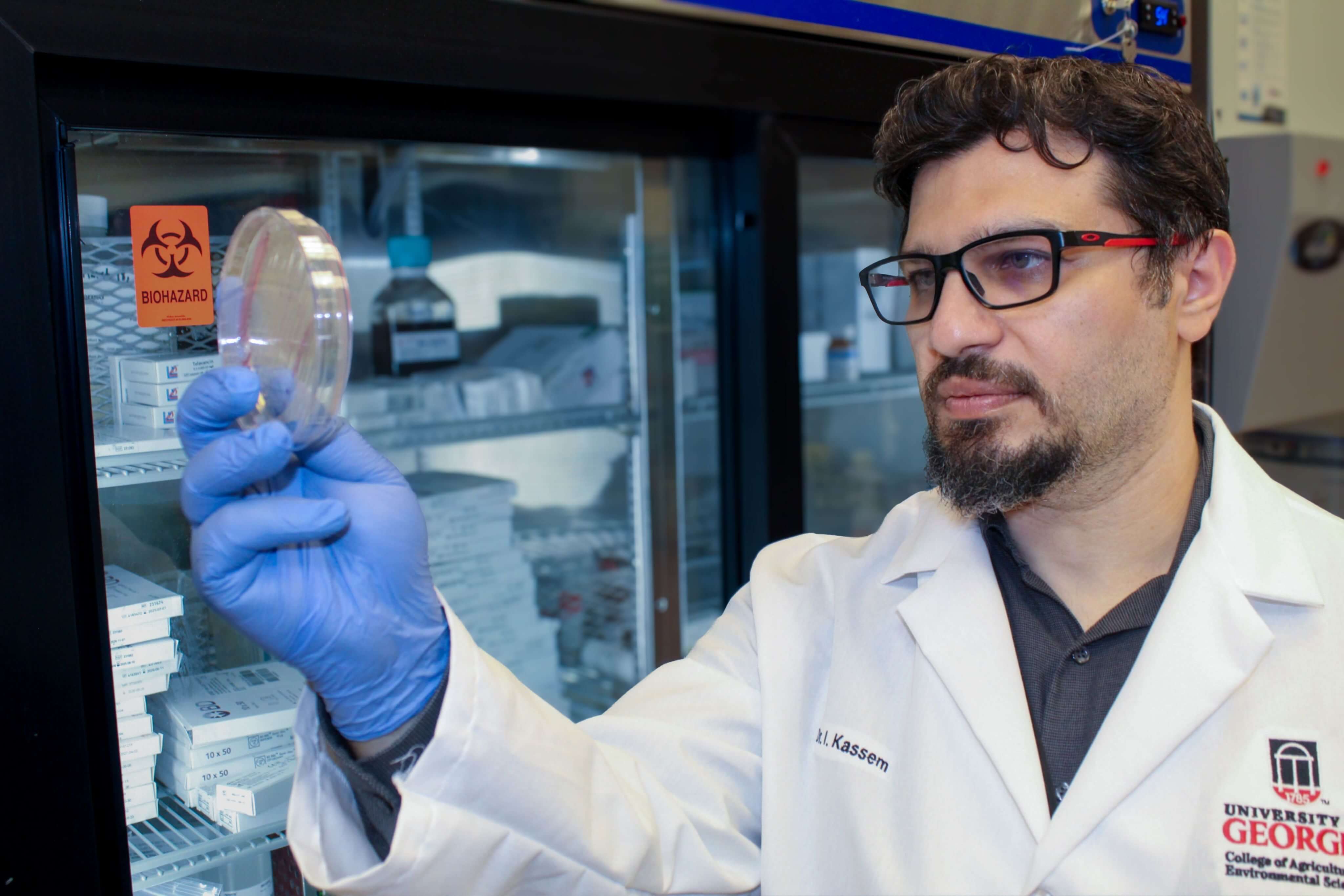The combination of soil moisture sensors and variable rate irrigation (VRI) may help some Georgia farmers increase their yields while decreasing their water usage, according to an ongoing study by University of Georgia precision agriculture specialist George Vellidis and irrigation specialist Wes Porter.
In cooperation with south Georgia peanut farmer Adam McLendon, Vellidis and Porter are studying the effects of using soil moisture sensors in conjunction with VRI. By converting data generated from the sensors into irrigation recommendations and using VRI, Vellidis and Porter are able to optimize the amount of water they apply in any part of a field.
Vellidis and Porter, who are repeating the project with McLendon this year but in a different field, said the long-term goal is to see if soil moisture sensors can be installed in different, uniform zones in a field, so they can change the rates of water applied to each of those zones as the pivot moves across the field.
“As we get to a drier zone, we should be able to put out more water. If we get to a wetter zone, we want to put out less water,” Vellidis said.
The project’s objective is to be able to adjust irrigation rates to coincide with the movement of the current weather pattern. Vellidis is able to make adjustments from his office on the UGA campus in Tifton, Georgia, more than an hour away.
Every morning, data is sent to Vellidis’ computer showing how much soil moisture is in McLendon’s field. An algorithm set up by Vellidis’ post-doctoral scientist Xi Liang converts the soil moisture data into actual irrigation maps. Vellidis can click on a different zone in the field, and the program shows him the amount of water needed. An irrigation prescription map is then sent to a controller on the pivot that enables the pivot to distribute the right amount of water to each zone.
“Sensors will tell you what’s going on, and the pivot will adjust accordingly,” Porter said. “The data will show you how much water we have to add to bring the soil profile back to whatever condition we want it. We’re not shooting for a full profile because we do get rain. With irrigation, we hope to bring the moisture available in the soil profile to about 75 percent of full capacity, so we can account for any rain event that might occur.”
Last year’s project was set up within a 238-acre field that was divided into six different zones. Each alternating strip was manned by the UGA research team, while McLendon managed the other three strips, which are 120 rows wide. While each strip was planted and maintained in the same way, some strips saw higher yields than others.
On a predominantly wet side of the field, the research team kept it a little drier and produced about 500 pounds more per acre than McLendon, who irrigated like normal. Similar yields were produced in the middle of the field, though Vellidis and Porter applied less irrigation. On the other end, McLendon’s yield output was higher. Vellidis attributes part of the difference in yields to the rainy harvest season and the peanuts staying in the field longer than normal, but says that he, Porter and McLendon learned a lot about how to meet the water needs of different parts of a peanut field.
Participating in the research was an eye-opening experience for McLendon, who is a career peanut, cotton and corn farmer.
“Last year, being involved with Dr. Vellidis and Dr. Porter really educated me on the proper way to use variable rate irrigation. It showed me how to use the map and really utilize the technology that’s available,” McLendon said. “I think farmers that use center pivot irrigation are already mindful of water conservation simply because it’s such an important part of our life. I think farmers are much more mindful of conserving water than a lot of people give them credit for. I think using this variable rate technology can prove to the general public how mindful farmers are of this.”
For more information about VRI, watch the video at http://bit.ly/1URzMu9.








